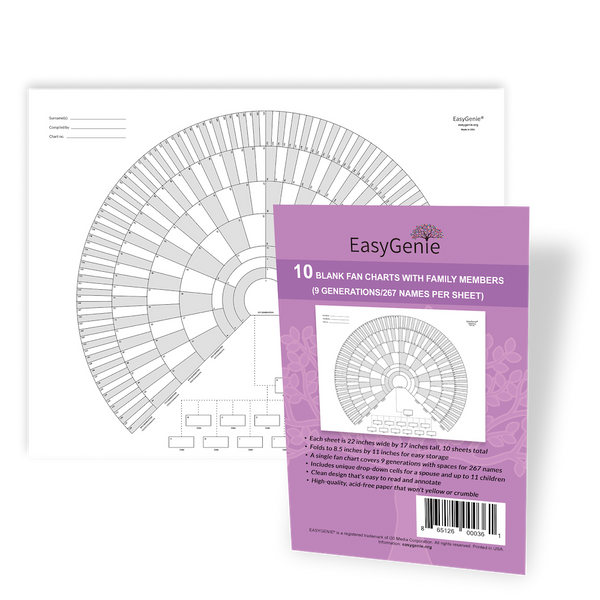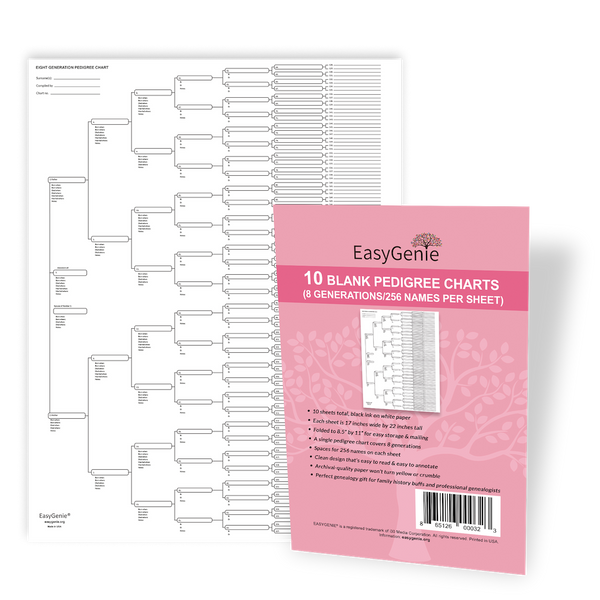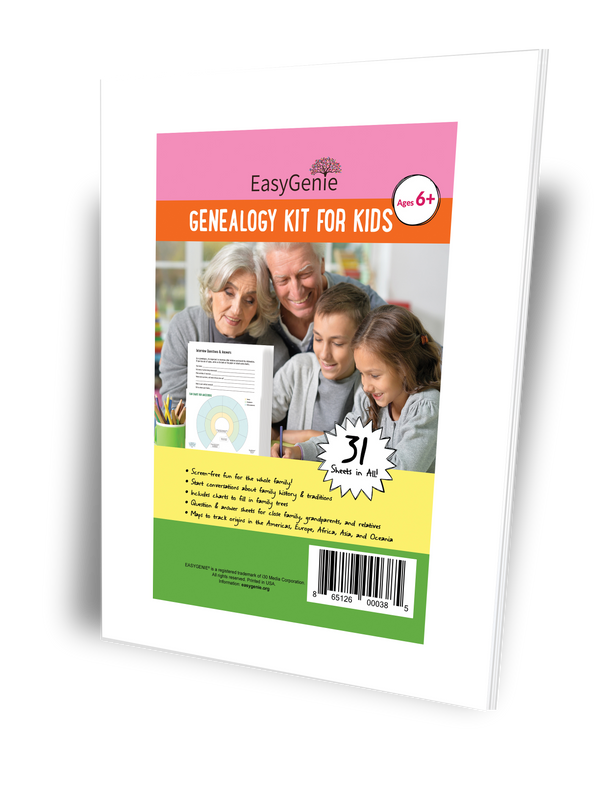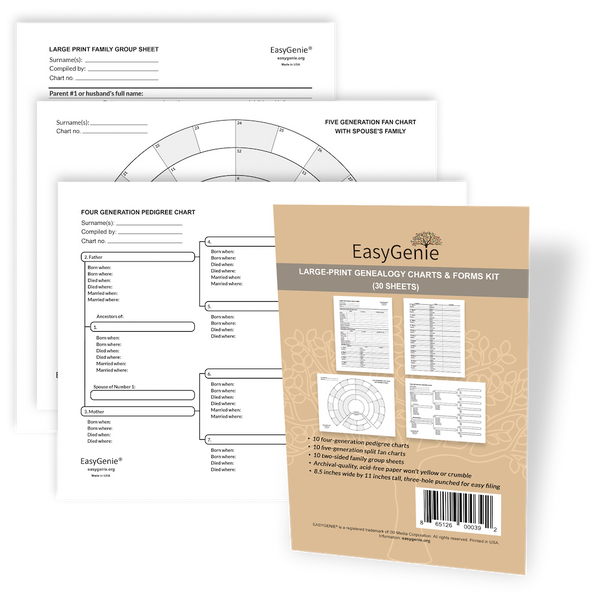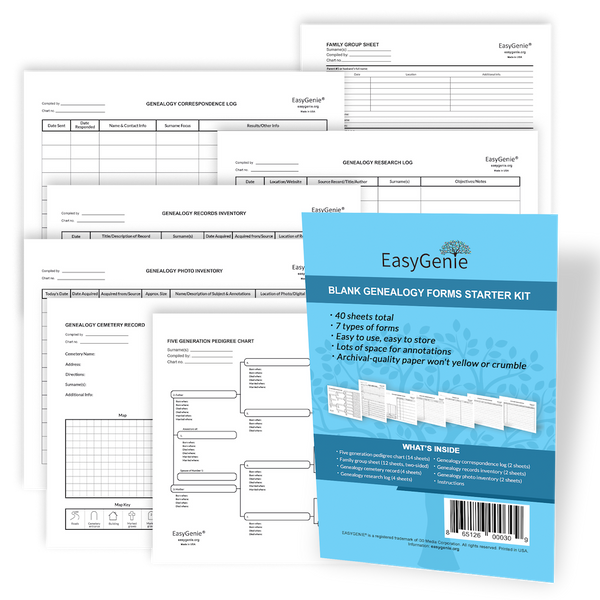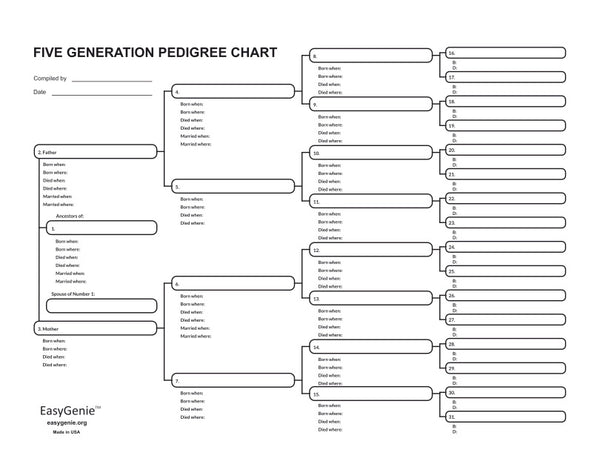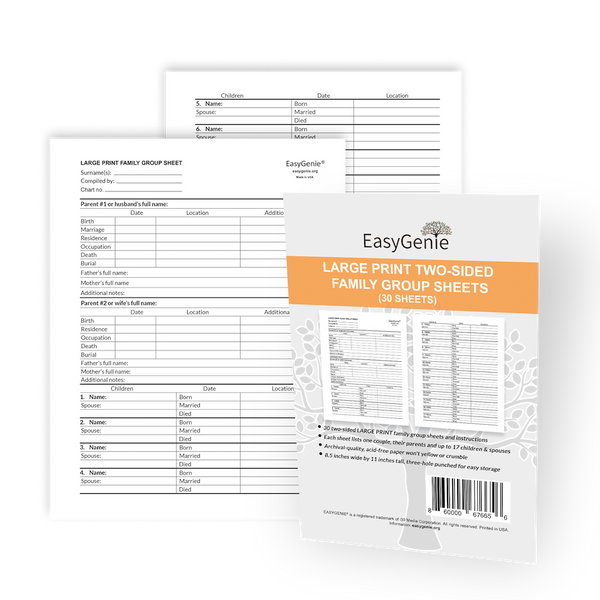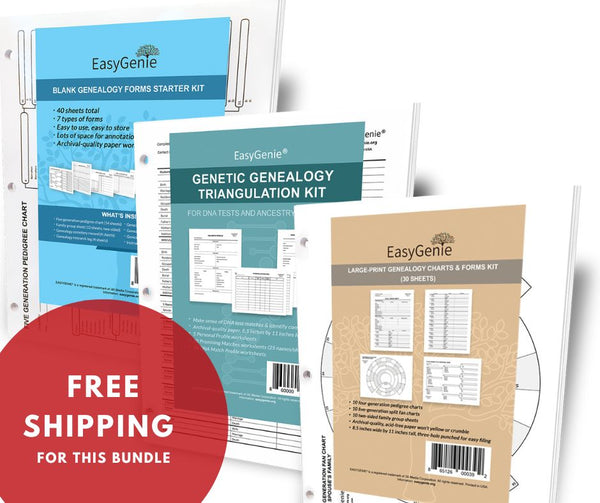
So you've taken a genetic genealogy test. Now what?
Ian LamontOne popular use of DNA genealogy test results is triangulation, a process that can help genealogists identify specific ancestors and relatives.
Triangulation involves matching segments of one person's DNA to segments belonging to at least two other people who aren't closely related, such as aunts, uncles, or cousins. Then, using traditional genealogy research, it's possible to identify the common ancestor shared by all three people. Triangulation can help genealogists unearth new surnames, determine how previously unknown cousins are related, and confirm family lines.
Unfortunately, few DNA testing services include triangulation tools. Genealogists who want to perform triangulation with DNA test results typically end up entering the data into Microsoft Excel or Google Sheets to look for correlations. This approach requires spreadsheet skills that many people don't have.
But there is another way. Using the EasyGenie Genetic Genealogy Triangulation Kit, it's possible to manually triangulate matches based on the data provided by the testing services. The paper forms can help you narrow your list of DNA matches and identify specific family branches. They are easy to cross-reference, and the archival quality paper will last for many decades if stored in a cool, dry place.
While the worksheets won't automatically reveal an ancestor's name, it will provide lots of clues and help you focus on the crucial pieces of information needed to successfully triangulate.

